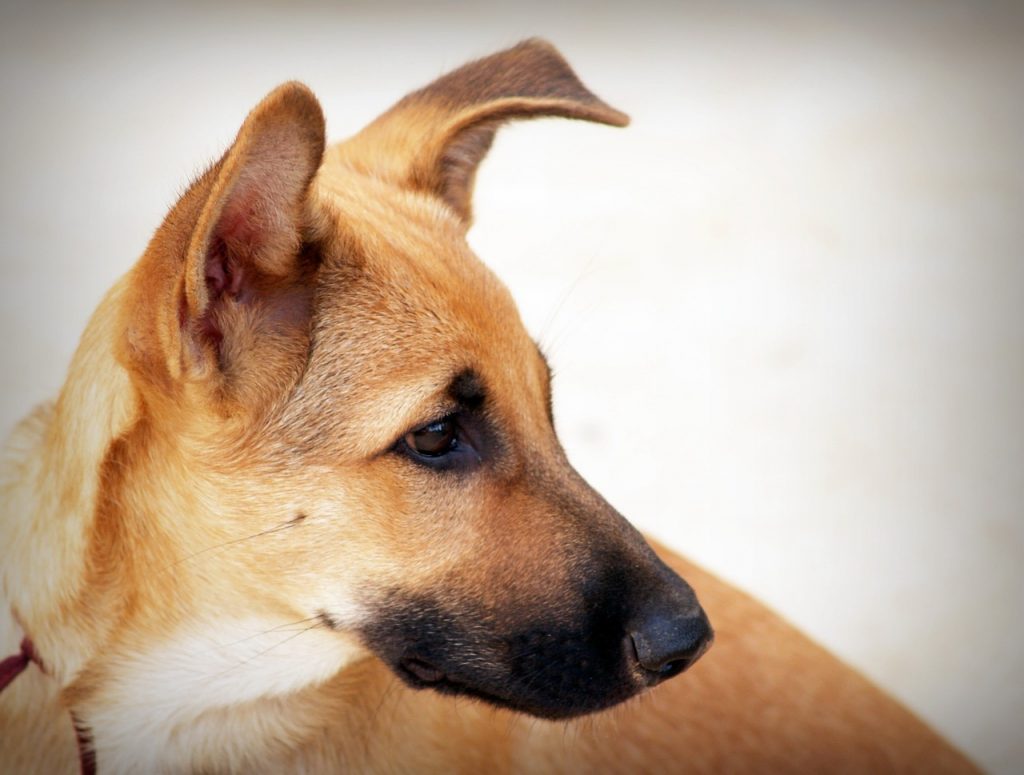After moving to a new subdivision, I realized that several of my neighbors have invisible fences for their dog. Many have invisible dog fences installed in the front yard – almost up to the street. If these dogs are out when I walk my dog, Rio, they all charge toward us. I’ve noticed Rio becoming more on edge when I take walks. I now purposely avoid going by some of the yards if I notice that the neighbor’s dogs are out.

Also Ready <Why Invisible Fences Increase Your Liability Risk>
Concerned about my dog’s increased anxiety and change in behavior, I reached out to Susan Giordano – the owner of K9U Dog Training and Behavior Modification. I wanted to get her professional opinion and thoughts specifically about invisible fences installed in the front yard.
Top Reasons Why Invisible Fences For Dogs Installed In the Front Yard Is A Bad Idea
Susan is very upfront about why she does not like invisible fences. Here is what she shared with me on why invisible fences should never be installed in the front yard.
1. Invisible fences are inconsiderate to all neighbors who pass by the home. This includes people walking their dogs, mothers pushing a baby stroller, joggers, and anyone else who happens by when your dog is outside. People are rightly frightened by a charging, barking dog who seemingly comes out of nowhere to attack.
2. In truth, the dog contained within the fence would love to attack or approach whoever/whatever is passing but is often shocked when they get too close to the invisible barrier. The dog may learn where the barrier is and learn to avoid the painful shock by stopping before the point of pain. However, each time the dog charges the passerby, he is learning that this intruder is dangerous. Each time the dog charges the passerby he is practicing behavior that often translates to aggression. It’s frustrating that your dog cannot reach the passerby (ergo Baby in a stroller, responsible dog owner walking their dog, jogger) and the dog learns to associate all those passing by as “bad”. Hence, as time passes and the dog is continually faced with danger, he will become wary of those categories.
3. If you have two or more dogs within the barrier, they will often begin fighting when frustrated by someone passing by. This is known as “redirect”, where a dog is so frustrated that he will redirect his frustration to the closest available outlet. This is usually the other dog. But the “redirect” could also easily be the dog’s owner or a child who tries to stop the dog and reaches for their collar.
4. If the dog’s motivation is to get to something outside the fence, they will accept the punishment of the shock and go after whatever stimulated him (jogger, car, a person walking their dog). The dog will either attack or chase after the stimulant. If the dog goes through the barrier then it’s possible he could harm someone or be harmed – either by a car or someone trying to protect themselves.
5. If your dog breaks the barrier once, he will very likely repeat the behavior. But rest assured, he will NOT come back into your yard and suffer another shock. Dogs will become lost or hurt and at best be a nuisance in the neighborhood until someone alerts you.
How It Affects The Dog Walking By An Invisible Dog
When I take Rio for a walk by one of those house with an invisible fence, he gets worked up. Susan further explained that by getting Rio worked up, he could be learning that other dogs – any other dogs are dangerous. Fears that are learned are often generalized with dogs, so the dog who is regularly charged by a big white dog will first learn that all white or large dogs are dangerous, then eventually learn that all dogs are dangerous. The confined dog isn’t the only party who suffers.









